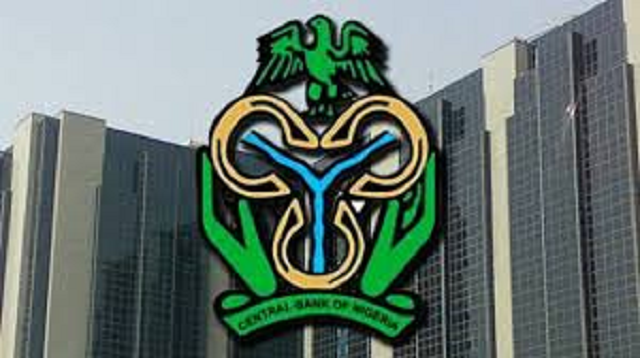The Central Bank of Nigeria (CBN) has withdrawn a total of N118 billion from the accounts of some banks for falling short of the cash reserve requirement (CRR) as well as the stipulated loan to deposit ratio (LDR), THISDAY learnt yesterday.
A bank treasurer told stated that about 20 commercial banks were affected.
“The accounts of about 20 banks were debited on Friday. The CBN does weekly maintenance and once any bank is not meeting up with the stipulated CRR and LDR, it sterilises their cash,” the source stated.
This is also part of the CBN’s liquidity management process as well as efforts to prevent banks with excess naira liquidity from forex speculation, the source added.
Liquidity management involves the supply or withdrawal from the market the amount of liquidity consistent with a desired level of short-term interest rates or reserve money.
The central bank last week adjusted the exchange rate at the Secondary Market Intervention Sales (SMIS) to N380/$1. The rate was formerly N360/$1.
CBN Governor, Mr. Godwin Emefiele, recently said there was “ample liquidity buffers for the sector, even with the over N10 trillion maintained today in the cash reserve balances of the CBN.”
According to Emefiele, there has been strong growth in the sector as a result of the central bank’s policy.
“Under our loan to deposit ratio (LDR) policy, total gross credit increased over N3 trillion to about N15.5 trillion at the end of May 2019, to about N18.6 trillion as at the end of April 2020. The credit growth was largely recorded in manufacturing, consumer credit, general commerce, information and communication, and agriculture. And of course, we also saw interest coming from borrowers because of reduced lending rate,” he had said.
He added that the industry’s capital adequacy ratio stood at 14.9 per cent as at April 2020, from about 14.5 per cent at the end of December 2019, whereas the minimum amount expected is 10 per cent.
“Non-performing loans (NPLs) is slightly above five per cent, with a minimum threshold standing at about 6.6 per cent as of April 2020. But, compared to 11 per cent as of April 2019, we think that is a very good position and we are determined to ensure that everything is done to continue bringing down the NPLs.
“Liquidity ratio of the industry was about 38.4 per cent as of April 2020, from about 45 per cent as at December 2019. With the expected minimum being 30 per cent, then we think 38.4 per cent is good enough, given the fact that we are putting in place policies that would encourage banks to lend. The sector is showing strong growth,” he had stated.
Source: THISDAY













